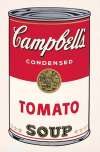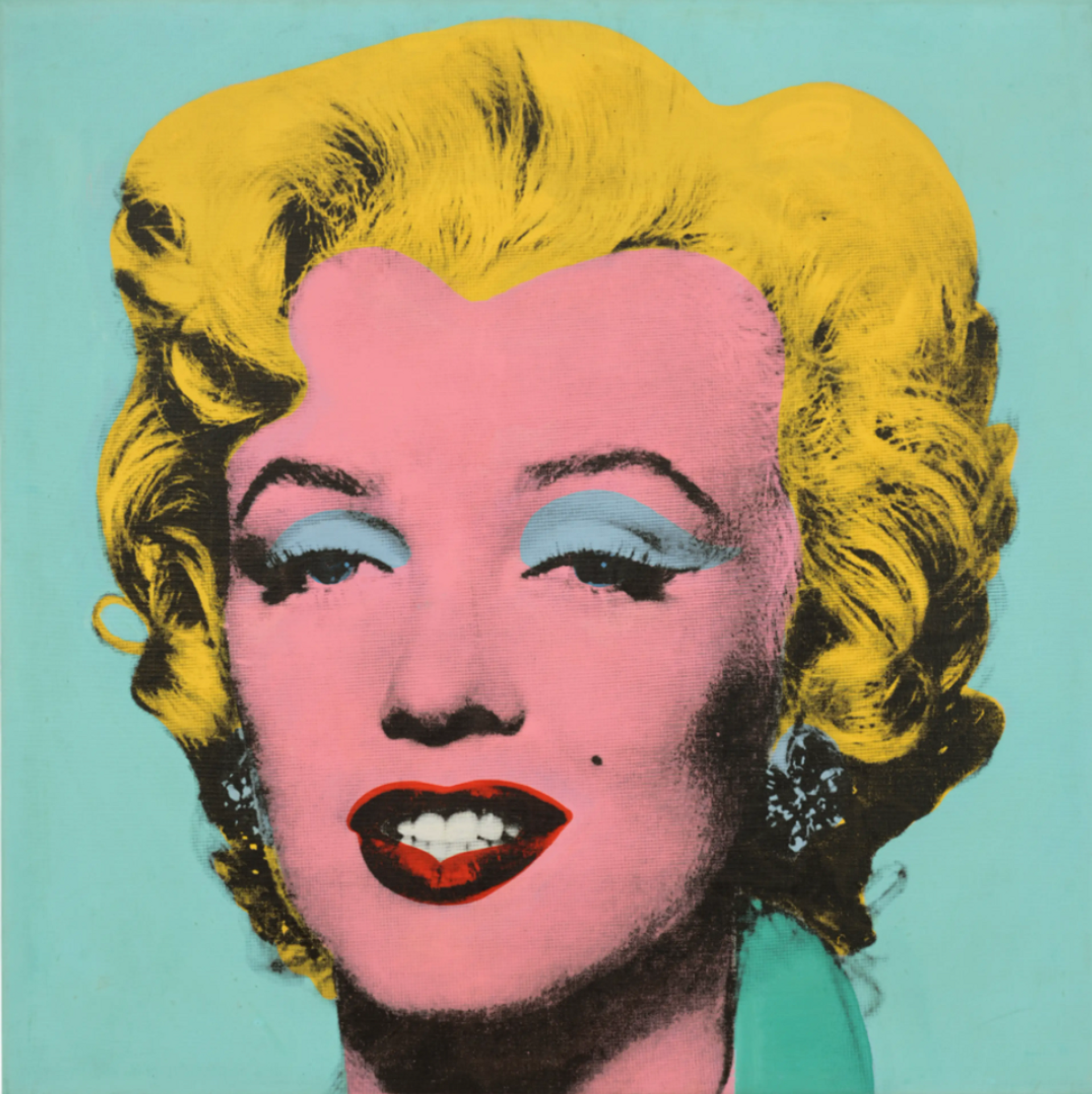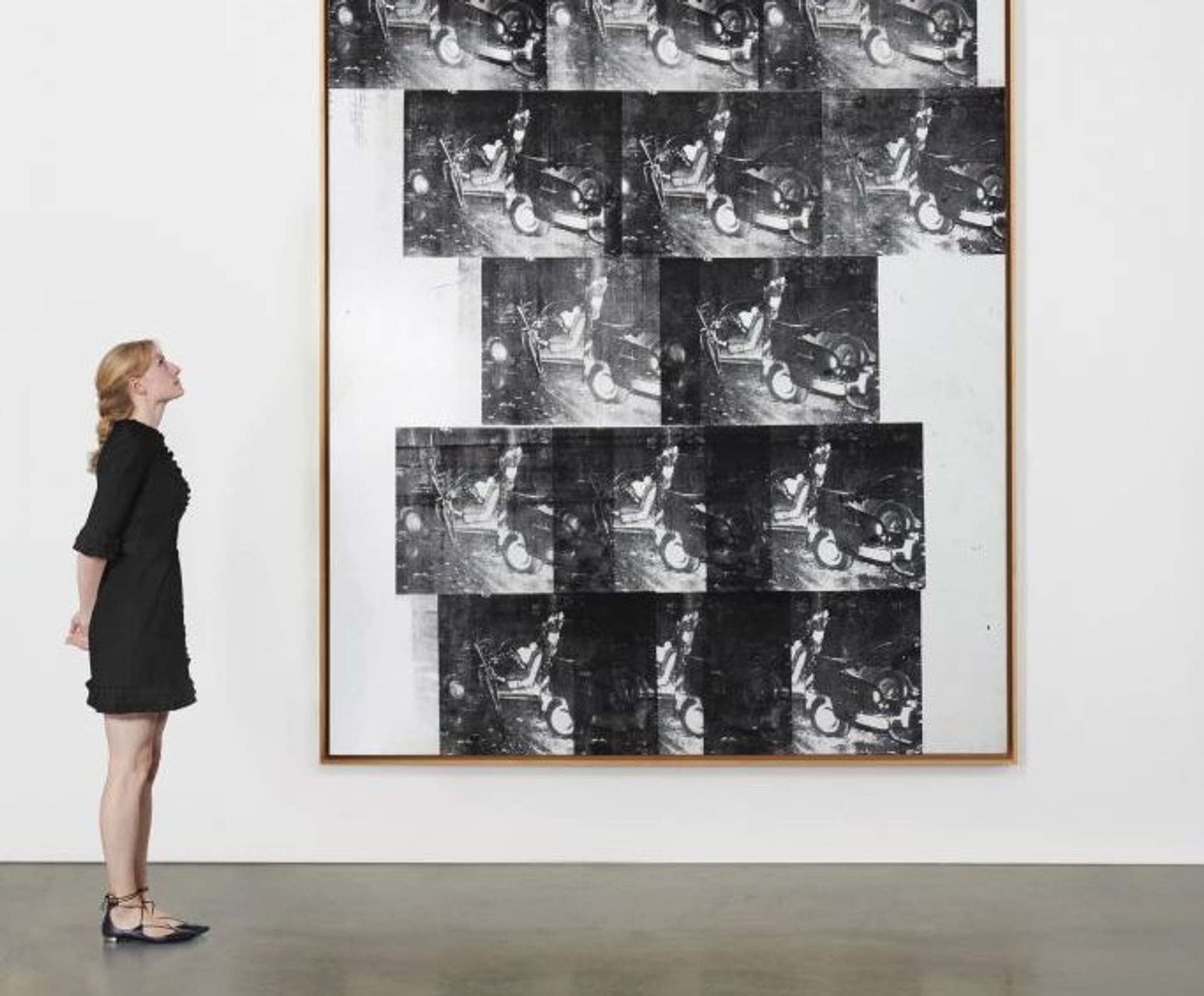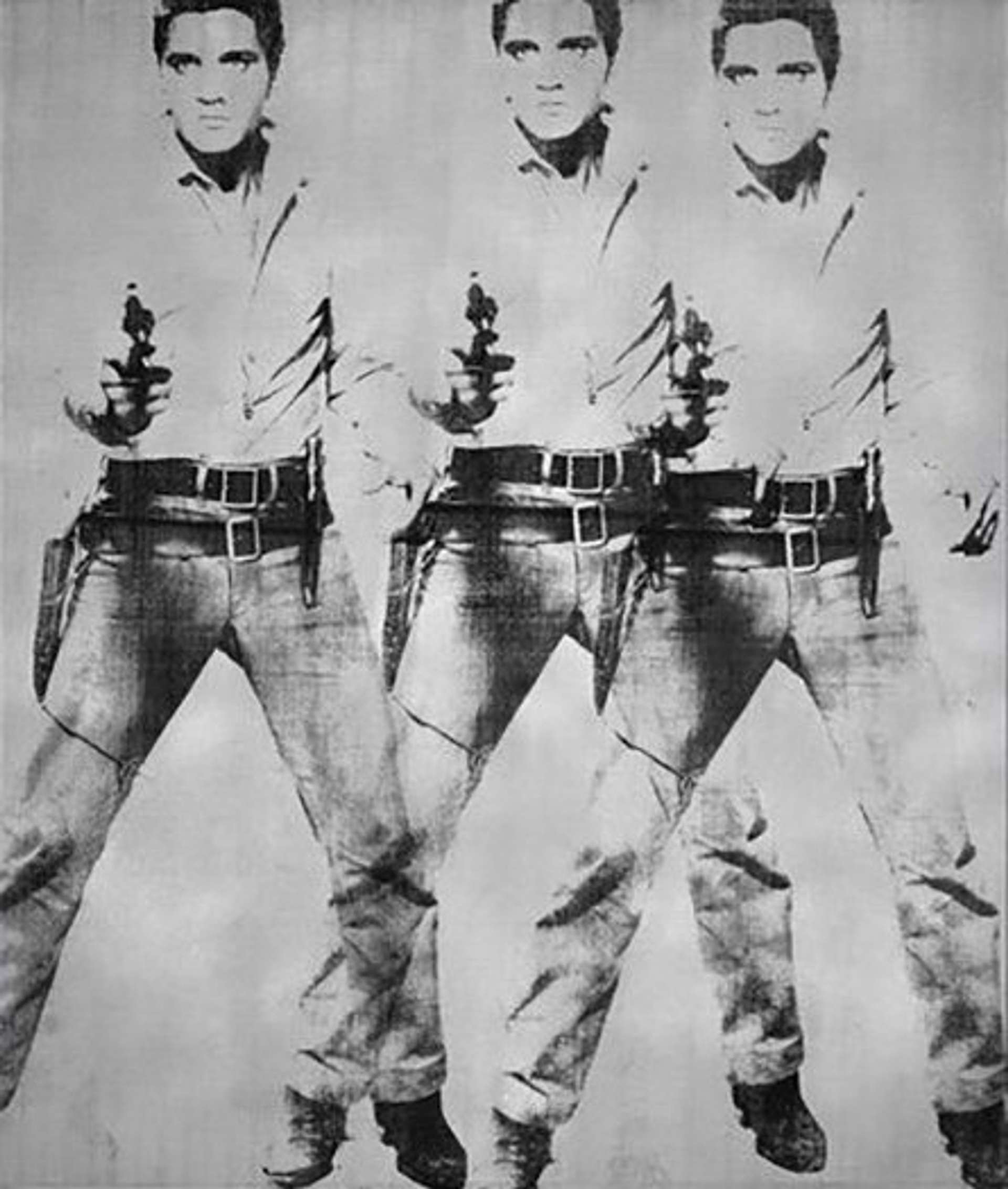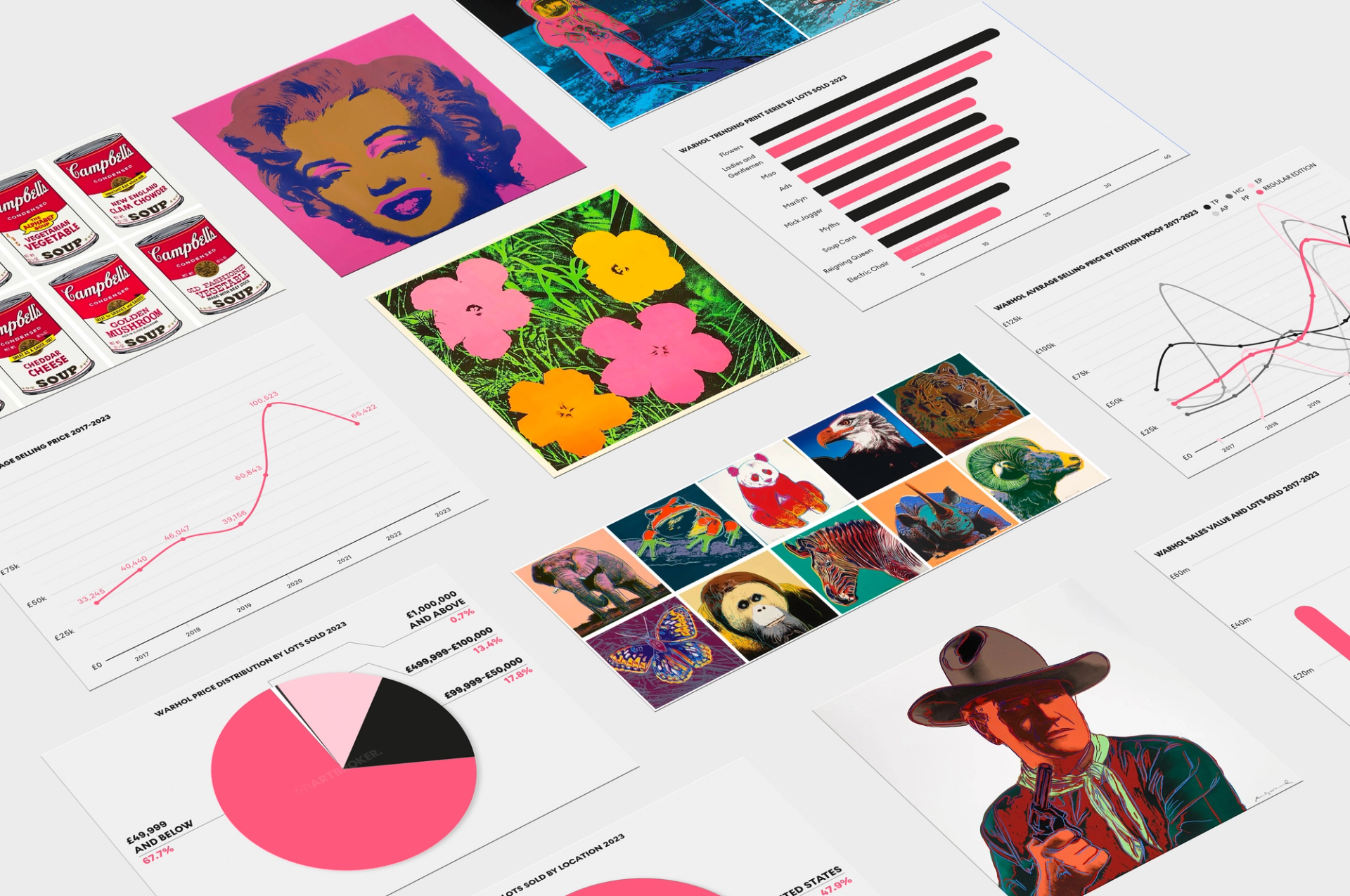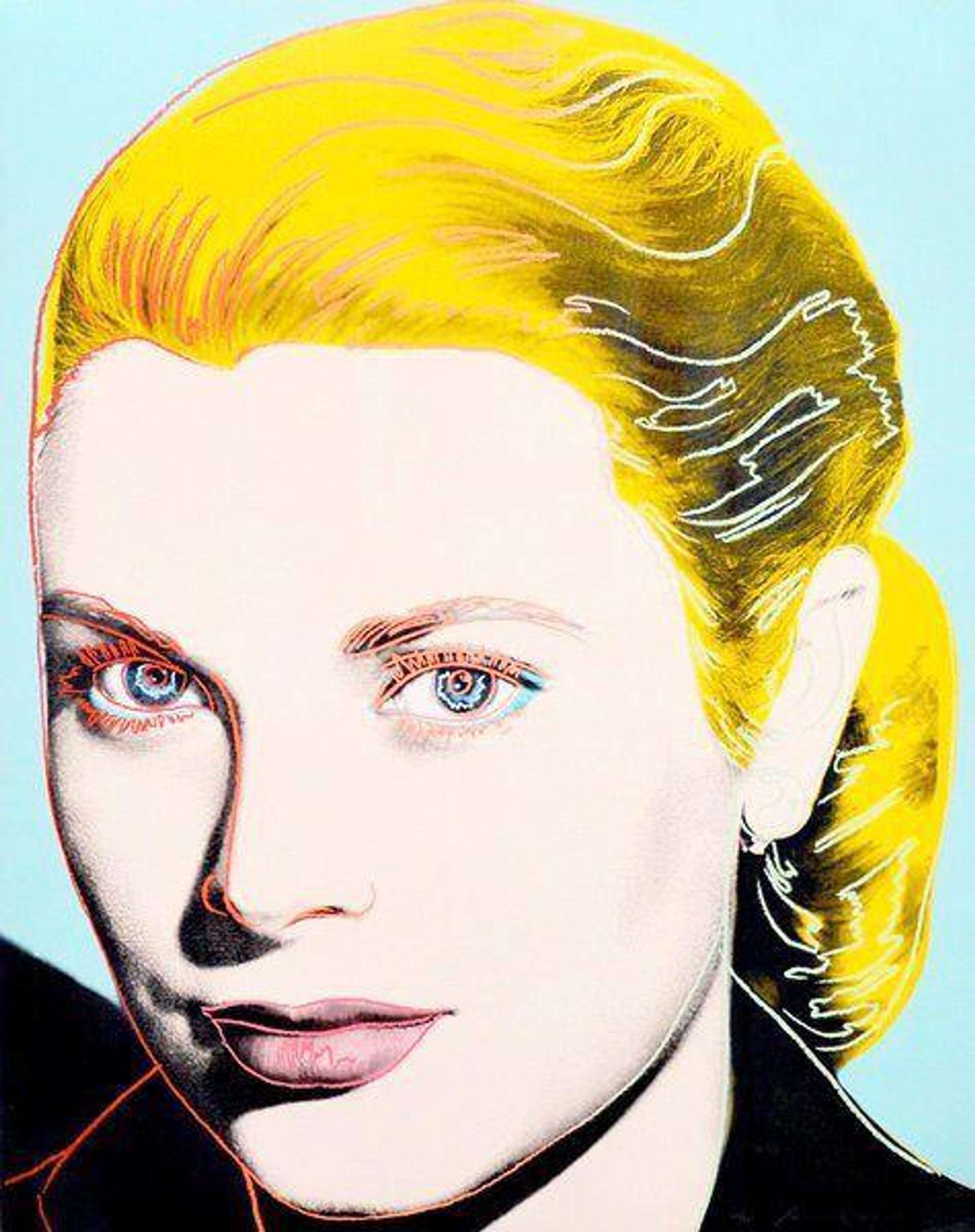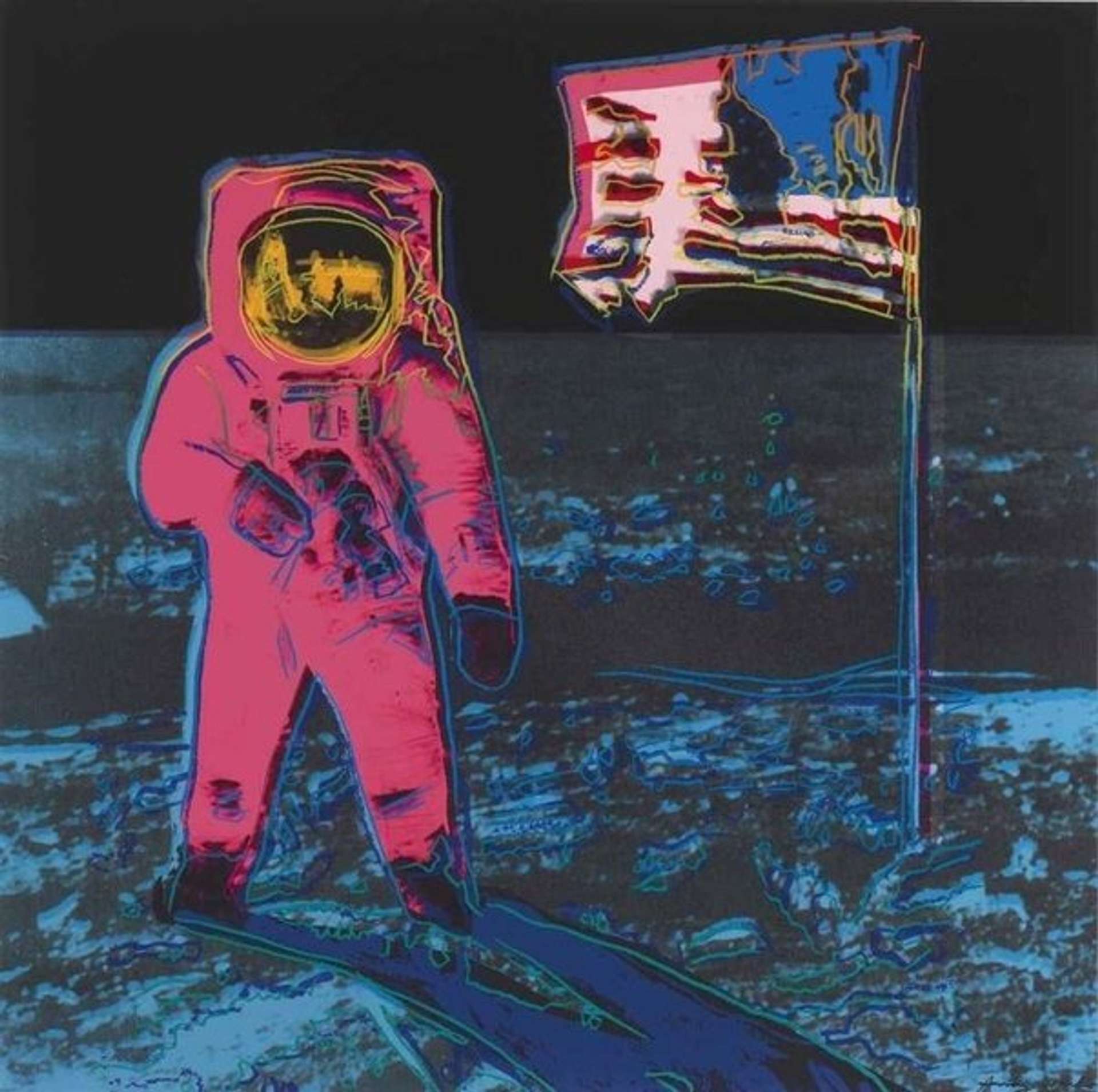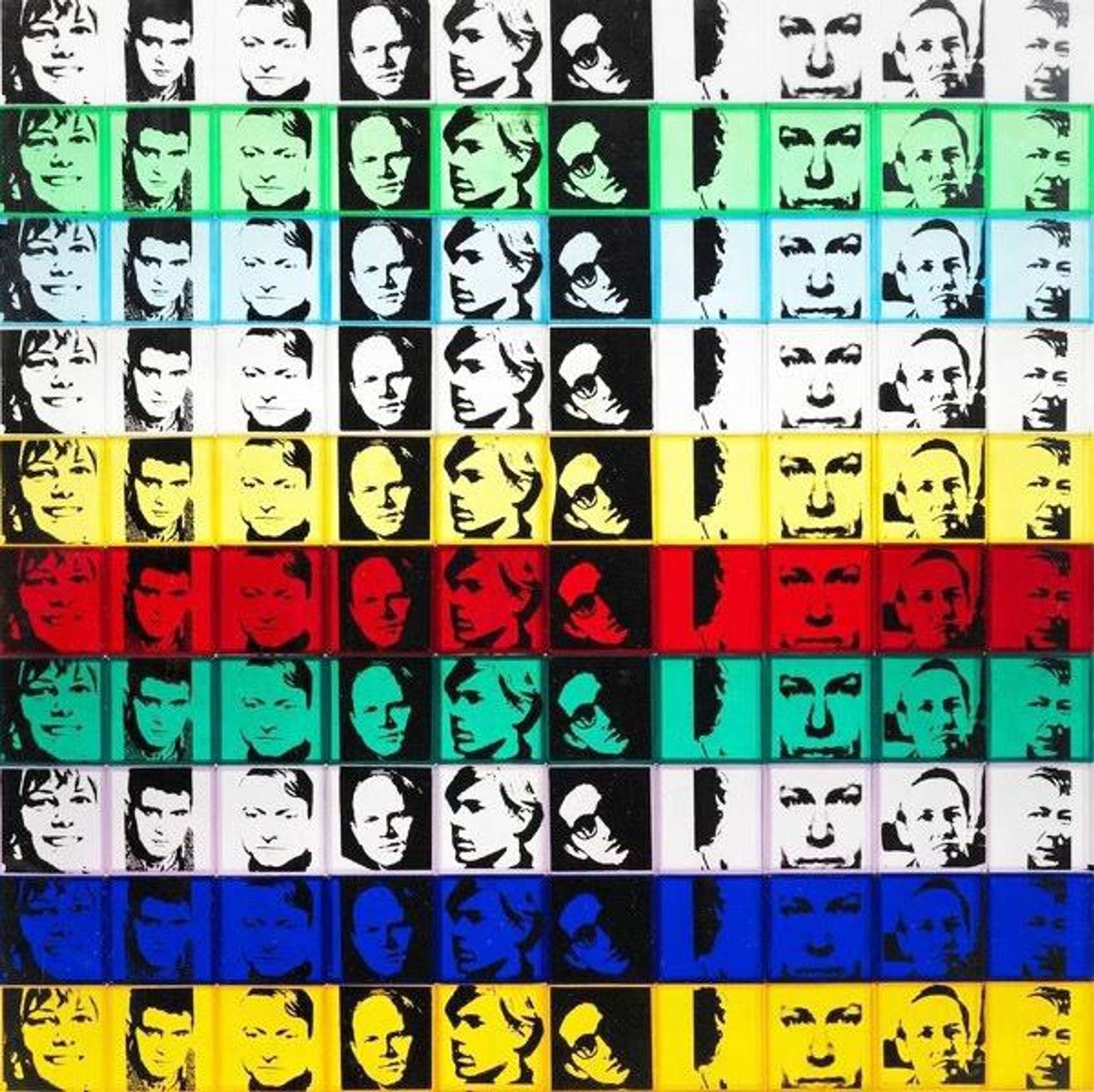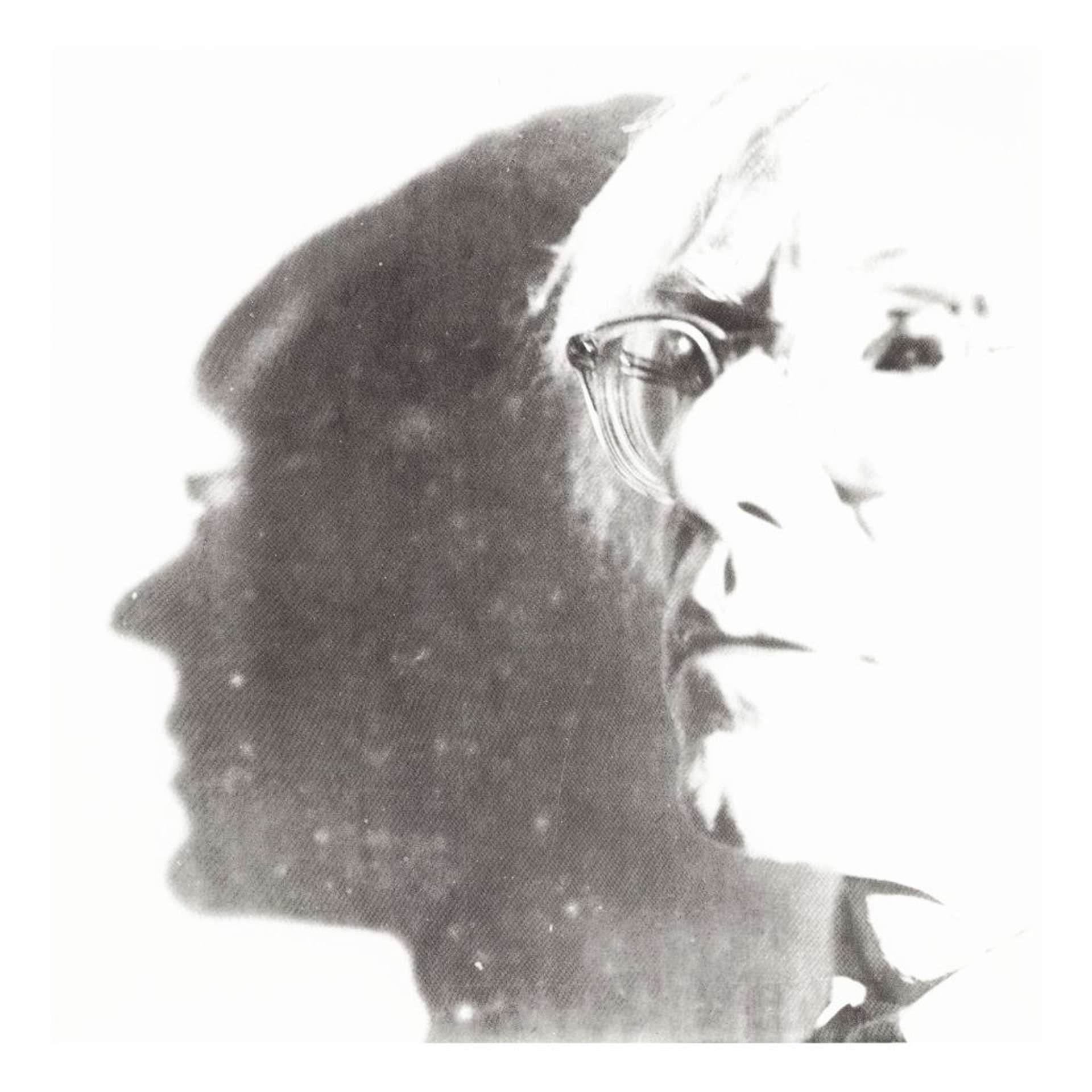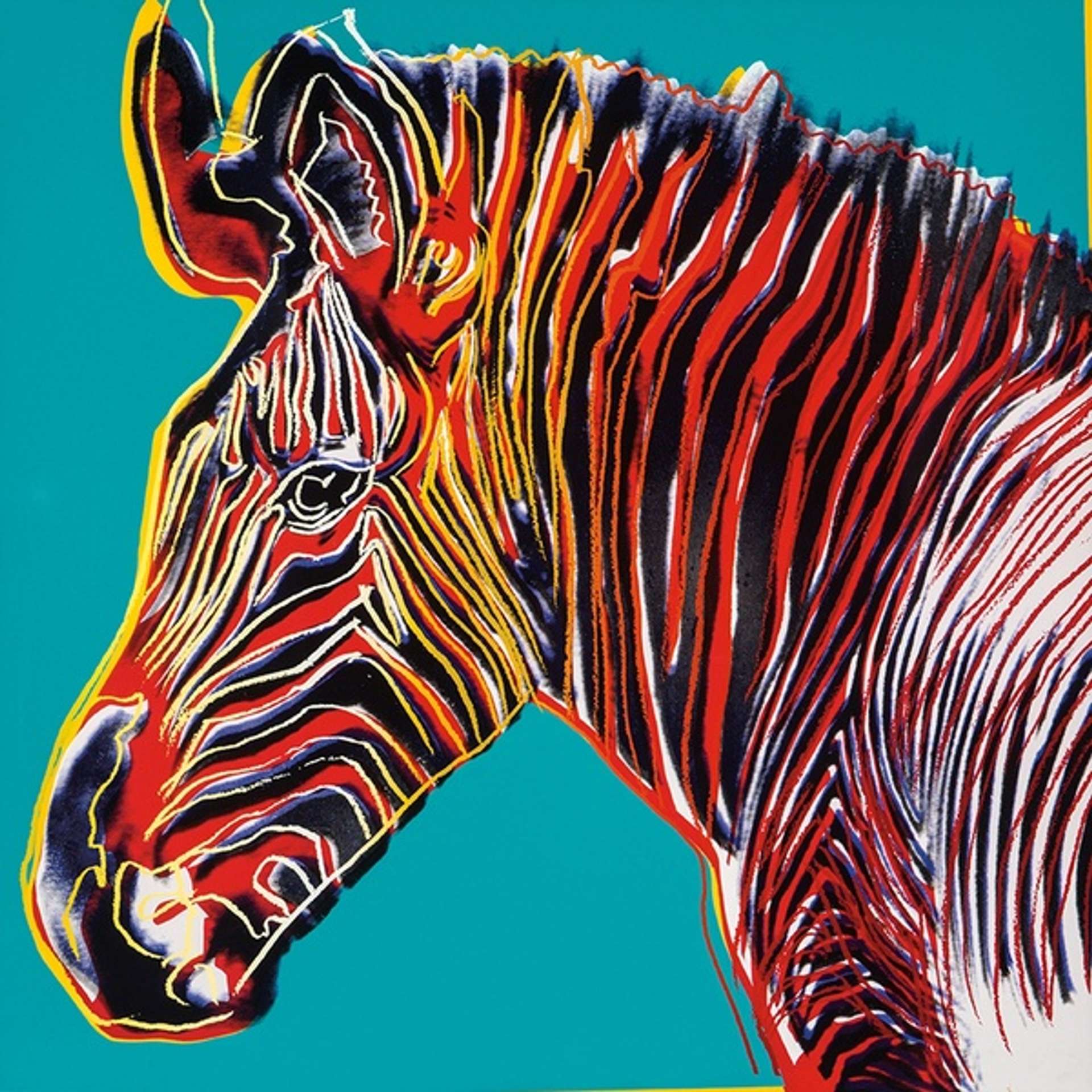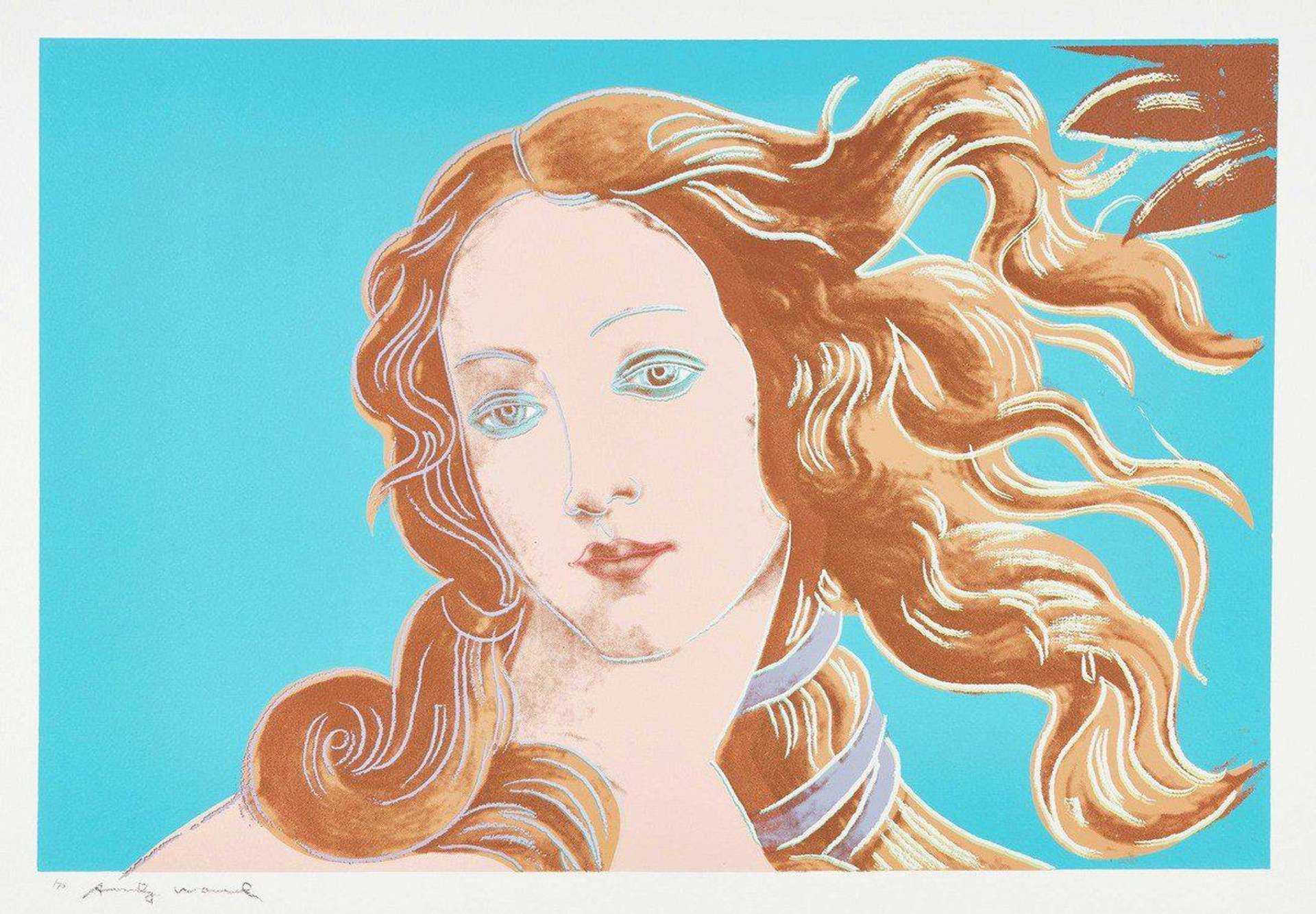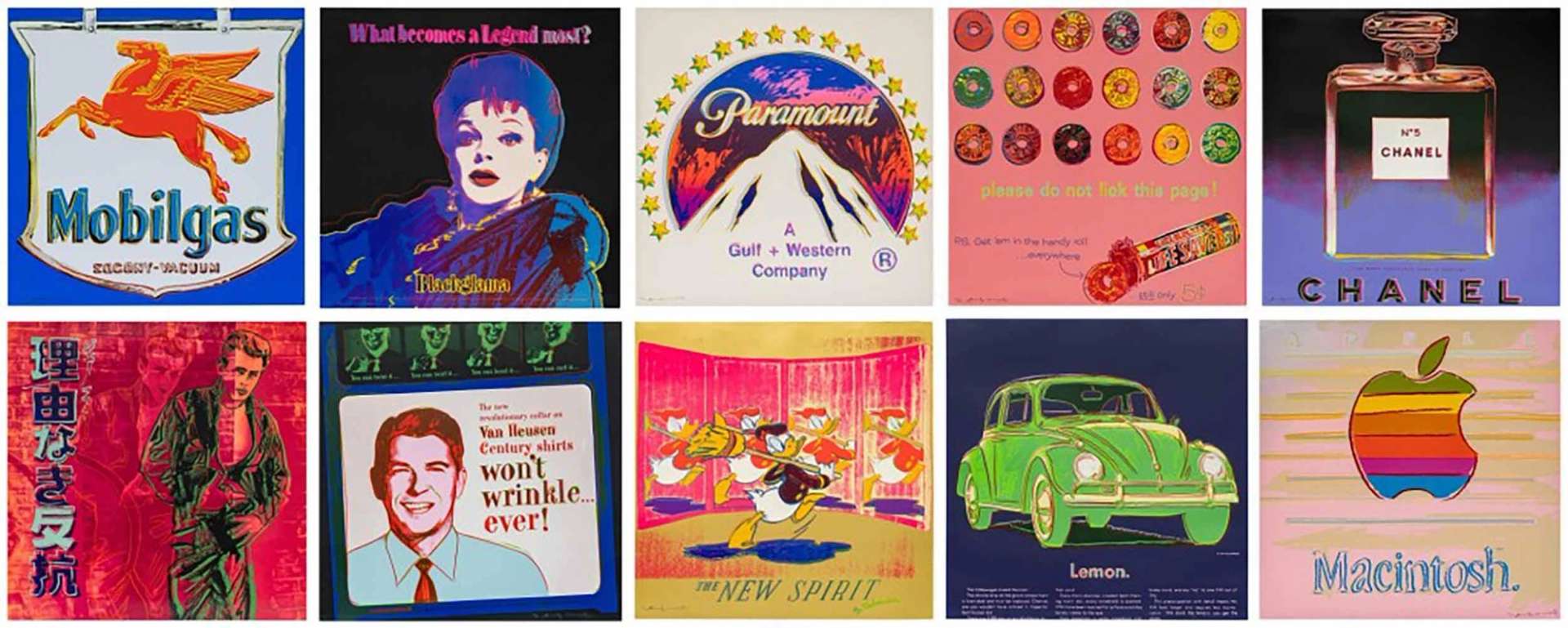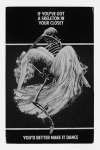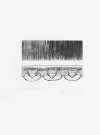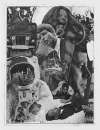Andy
Warhol
Obsessed with mass culture and celebrity, 'King of Pop Art' Andy Warhol blurred the boundaries between high art and consumerism, changing art history forever. If you’re looking for Andy Warhol original prints and editions for sale or would like to sell, request a complimentary valuation and browse our network’s most in-demand works.
Andy Warhol prints for sale
Sell Your Art
with Us
with Us
Join Our Network of Collectors. Buy, Sell and Track Demand
Biography
Cultural icon and father of Pop Art, Andy Warhol is one of the most famous artists of the 20th century. Known as much for his life as his art, everything about Andy Warhol screams celebrity culture and mass consumerism.
From his beginnings as a student of commercial art to his years as a commercial illustrator, it was always clear that Warhol’s interest lied in mass culture. A true reporter of his time, the artist never shied away from capturing the reality of the American Dream, from the glitz of Hollywood to the tragedies permeating everyday life. From his Deaths and Disaster series to canned soup, from Mickey Mouse to Ronald Reagan, Warhol’s art opened the door to the encounter of high and low, pushing the boundaries of what could be considered art. A prolific artist, producing print after print at his Factory, Warhol also pioneered a serial approach to artmaking that celebrated the art object as a commercial commodity.
While Warhol’s journey to fame did not happen overnight, the commercial and popular success that his work enjoys has never stopped. In the late 1950s and early 1960s, the artist began to experiment with what came to define his unique approach to artmaking: silk-screening. Silk-screening allowed Warhol to mimic the simplified language of advertisement, defined by bold outlines and flat colour blocks, and to repeat the same image many times across canvases and paper.
It was only in 1962, however, that it all came together for the artist. While a series of exhibitions in New York in the 1950s had already paved the way for his success, 1962 marked the year the artist began working on two of his most popular body of works: the Campbell's Soup Can series and the Marilyn Monroe series. The Campbell’s Soup Can series consisted of 32 canvases created through screen printing and directly challenged the dominance of Abstract Expressionism at the time. Countering prevalent notions of originality and authorship, Warhol promoted the use of processes of mechanical reproduction in art and the distancing of the hand of the artist. Equally, if not more recognisable, Warhol’s Marilyn Diptych immortalised the young American actress through 50 repeated portraits drawn from a press image of the actress from the film Niagara. The painting was completed by Warhol in the weeks following Monroe’s tragic death and commemorated the actress at the height of her career.
Warhol would return to these subjects many times, creating numerous paintings and editions. An iteration of the Marilyn series, Shot Sage Blue Marilyn (1964), sold for US$ 195 million at Christie’s New York, became the most expensive piece of 20th-century art ever sold.

